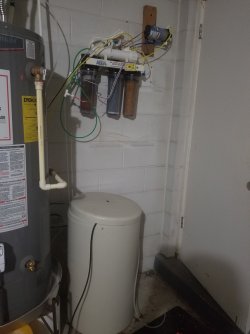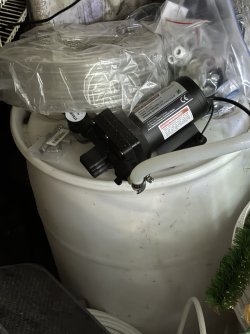I have a 30 gallon medical-grade food container that I use to store RO water in my garage. My garage gets hot, so I am wondering about the growth potential of harmful bacteria and fungi. When I make RO water, I do a 50/50 mixture with tap water for ease of mixing before dispensing to the other aquariums. I use an underwater pump that allows me to fill the aquariums.
Recently, I placed a UV sterilizer at the bottom of the container to prevent bacteria growth. If I leave a filled container of water sitting for two weeks or more, I notice that the insides of the container feel slimy, even though I don't see anything. I am wondering what this slimy residue is and if it is harmful for my fish.
Recently, I placed a UV sterilizer at the bottom of the container to prevent bacteria growth. If I leave a filled container of water sitting for two weeks or more, I notice that the insides of the container feel slimy, even though I don't see anything. I am wondering what this slimy residue is and if it is harmful for my fish.




